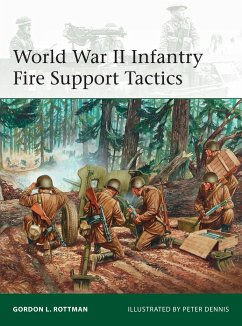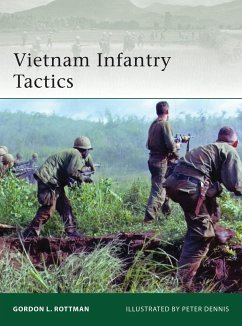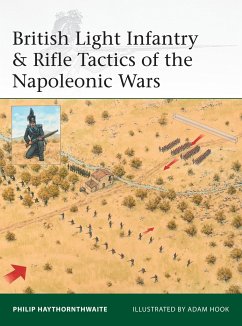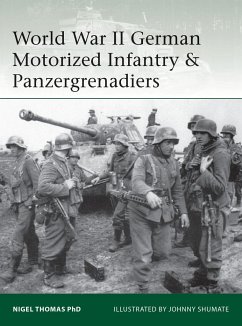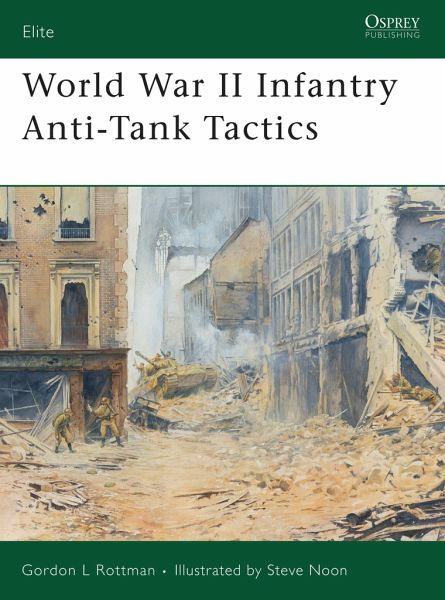
World War II Infantry Anti-Tank Tactics
Versandkostenfrei!
Versandfertig in über 4 Wochen
16,99 €
inkl. MwSt.
Weitere Ausgaben:

PAYBACK Punkte
8 °P sammeln!
The battlefield interaction between infantry and tanks was central to combat on most fronts in World War II (1939-1945). The first 'Blitzkrieg' campaigns saw the tank achieve a new dominance. New infantry tactics and weapons - some of them desperately dangerous - had to be adopted, while the armies raced to develop more powerful anti-tank guns and new light weapons. By 1945, a new generation of revolutionary shoulder-fired AT weapons was in widespread use. This book explains in detail the shifting patterns of anti-tank combat, illustrated with photographs, diagrams and colour plates showing ho...
The battlefield interaction between infantry and tanks was central to combat on most fronts in World War II (1939-1945). The first 'Blitzkrieg' campaigns saw the tank achieve a new dominance. New infantry tactics and weapons - some of them desperately dangerous - had to be adopted, while the armies raced to develop more powerful anti-tank guns and new light weapons. By 1945, a new generation of revolutionary shoulder-fired AT weapons was in widespread use. This book explains in detail the shifting patterns of anti-tank combat, illustrated with photographs, diagrams and colour plates showing how weapons were actually employed on the battlefield.




